With the western explosion of sushi restaurants came a lot of strange habits that had never been seen when the palaces of squid and yellowtail existed almost exclusively in the land of the rising sun. People were suddenly mixing wasabi into their soy sauce and dunking the sushi rice into the mixture, consuming an unbalanced level of salt that was destroying the flavors. These habits have become commonplace, and have been handed from person to person, creating an entire culture of people who are eating sushi wrong; at least according to the experts.
Proper handling and consuming of sushi isn’t about tradition, it’s about flavor. The proper way to consume sushi is made to create a balance between tastes, so that you aren’t overwhelmed by soy sauce saltiness, wasabi heat, gari ginger sweetness, or the natural flavors of the sashimi, nigiri, or maki. Though high-end sushi restaurants run by the chefs might look down their nose at breaking from tradition, the real sufferer from eating sushi the “wrong” way is the eater. Therefore, knowing what to do differently can alter your eating experience for the better.
Know The Vocabulary
As is the case with any restaurant that has a specific culture attached to it, there’s some words you should be familiar with so that you don’t end up ordering the wrong thing. Though most restaurants now have explanations on the menu, knowing precisely what is what can make the experience less daunting. Here’s the items you can expect to encounter.
Edamame

Just a name for immature soy beans, these are served as appetizers with salt. You eat them by putting the pod into your mouth, then sliding the beans out onto your tongue. Then you discard the shell. A common rookie mistake is to try to eat the entire thing.
Miso
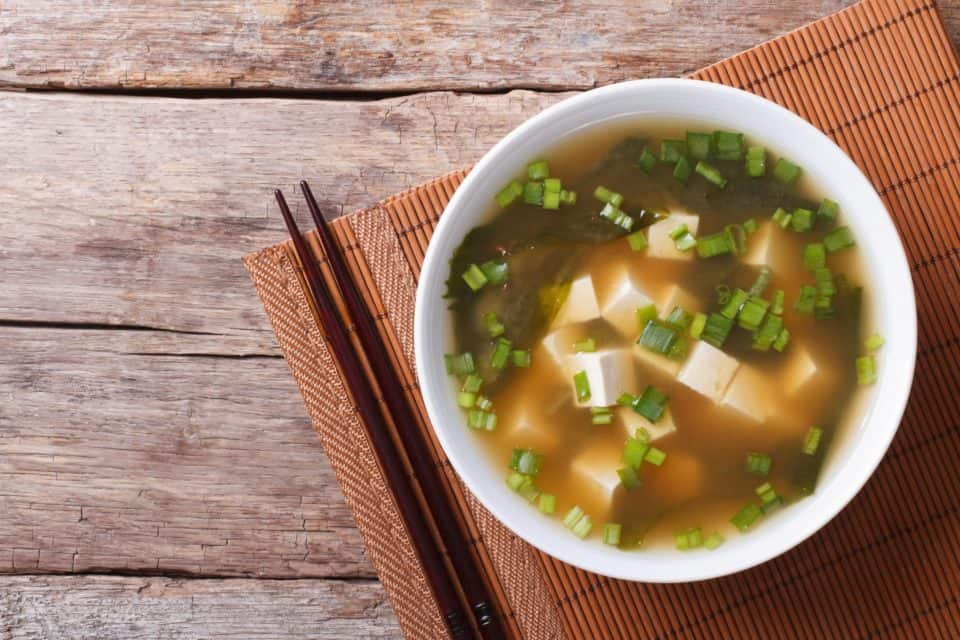
A soup that is usually consumed after your main course, but is often served as an appetizer in westernized sushi joints, feel free to drink it with your hands.
Wasabi
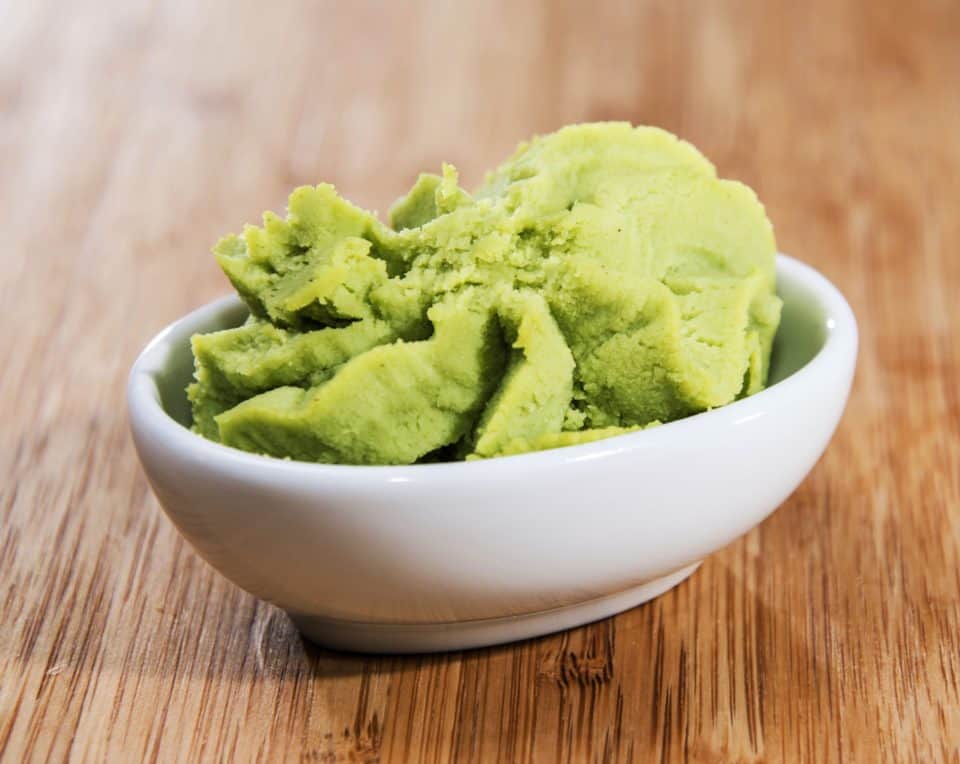
A spicy horseradish sauce, wasabi is a little green dab that will come on your plate. It can be extremely hot, so be careful when adding it to your sushi.
Gari

Grated, pickled ginger, this will also come on your plate alongside the wasabi. It looks like a little fine salmon wafers in a delicate rose-petal design.
Oshibori
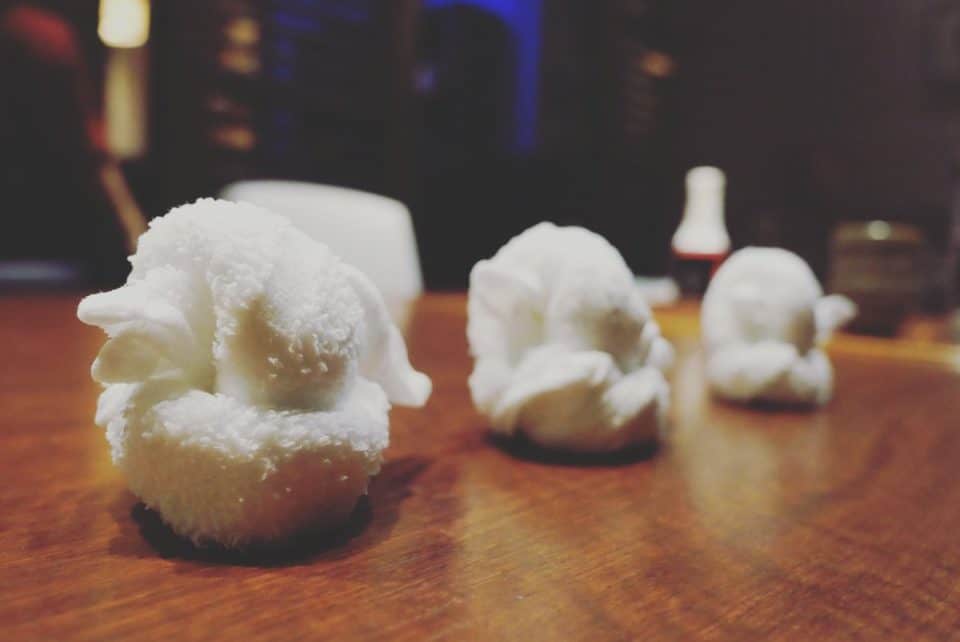
A hand towel provided by most sushi restaurants, this is used to clean your fingers between bites.
Sashimi
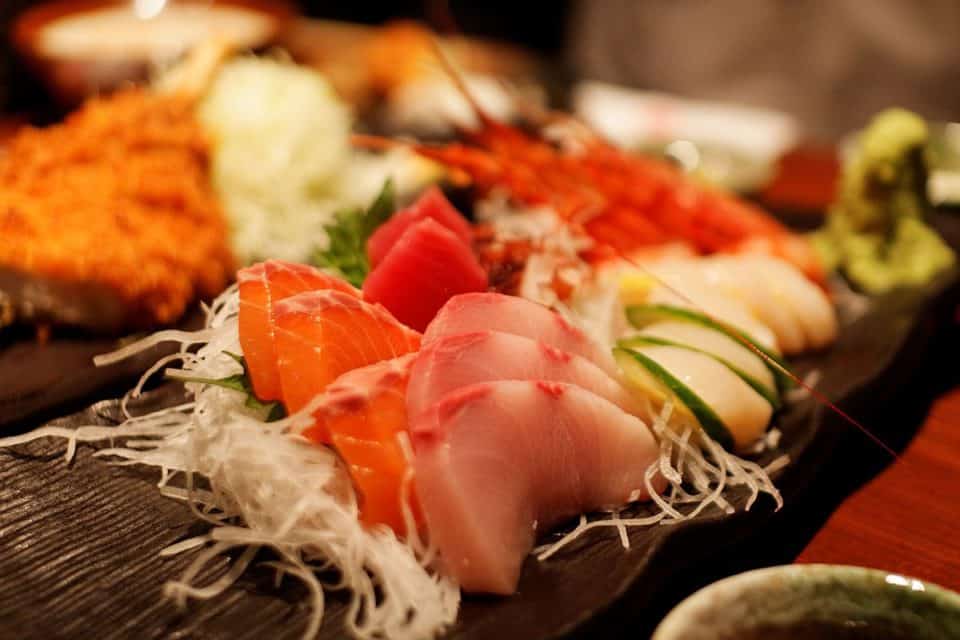
A bit of fish eaten alone.
Nigiri

Fish that has been packed atop a small serving of rice.
Maki
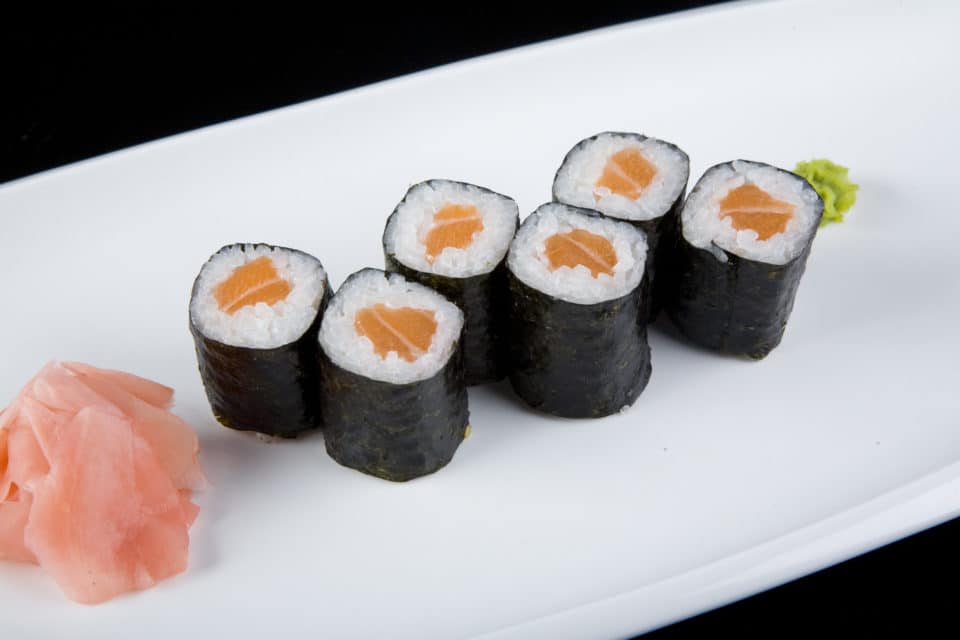
This is sushi that has been wrapped in nori, which is edible seaweed made largely of red algae. If you order a roll, it will be wrapped in nori.
Uramaki
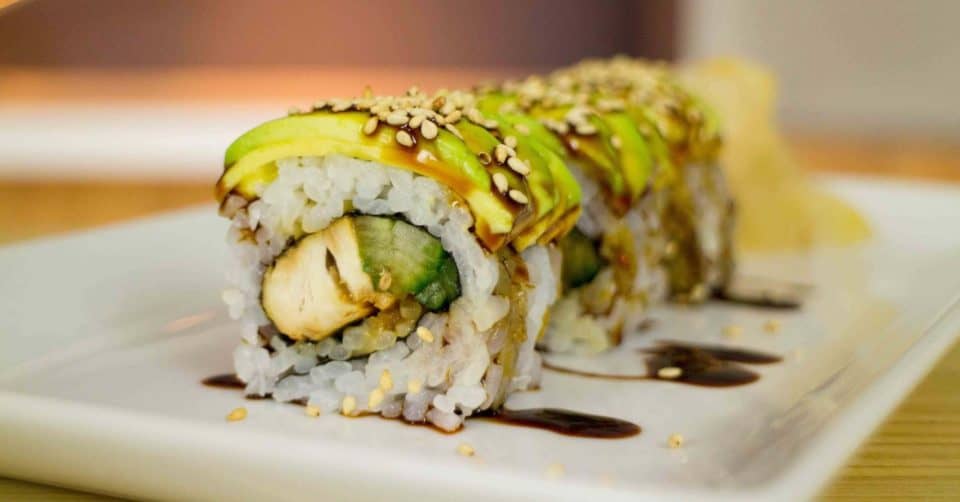
This is the same as maki with a single major difference. In uramaki the rice is placed on the outside of the seaweed roll.
Temaki
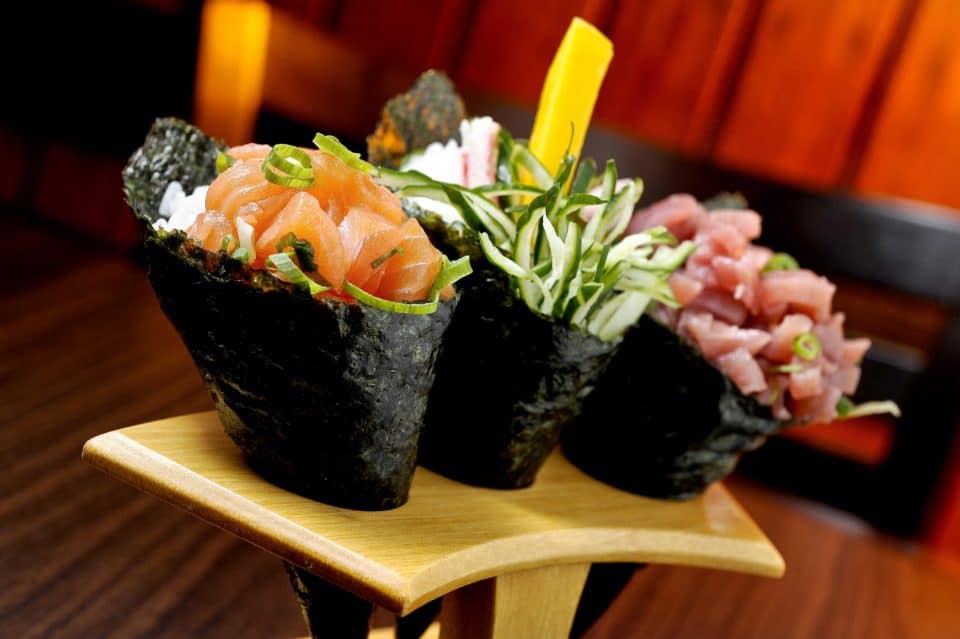
Far more rare, temaki is sushi that has been hand-rolled by the chef into an edible cone.
Agari
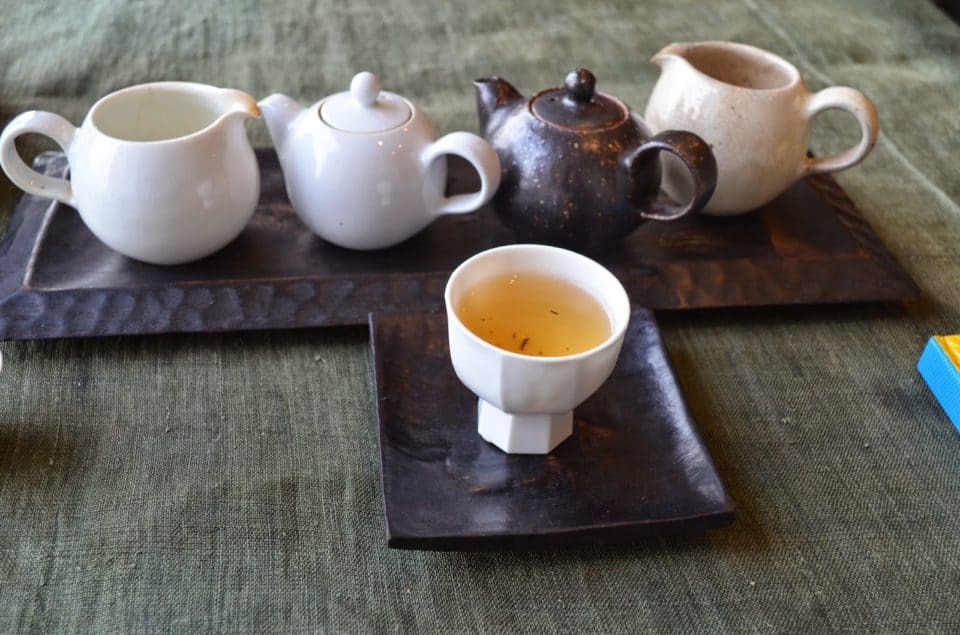
A roasted brown tea that will be served either at the end of your meal, or throughout your meal, should you not want to drink sake or beer.
Ordering

Ordering sushi in most contemporary sushi restaurants is the same as anywhere else. You go in, sit down, and your server walks you through the process. Where sushi establishments can differ is when they are a sushi-ya, which is a high-end sushi establishment where you will eat right in front of the chef. These are a whole other animal, though you’re likely to only encounter them in Japan. For now we’ll be focusing on the less exclusive restaurants.
Almost every sushi restaurant has a bar where you can sit and often order directly from the chefs. If you want the freshest items, sit at the bar, where you can see the masters at work. It often becomes a group atmosphere wherein you interact with the other patrons and the cooks, which can add to the experience.
Restaurants that are acclimated to English-speaking customers – which is going to be almost all of them if you’re not land where English isn’t the primary tongue – you can order off the menu. Many will have large photographs of each dish, so if you’re confused, simply point.
Faux Pas
When you sit down or your food arrives, there’s a few things you simply should not do.
Never Mix Wasabi and Soy Sauce

This is a common practice that is downright disgusting to sushi gurus. Each bite is meant to have the proper balance of soy, wasabi, and sushi applied individually. With most standard sushi orders, wasabi has already been put onto each piece you eat, so adding any is wasteful and overpowers the taste of the fish. Even if you’re eating a roll, you should be dressing it with soy and wasabi separately, not slamming it in like fry sauce.
Never Rub Your Chopsticks Together
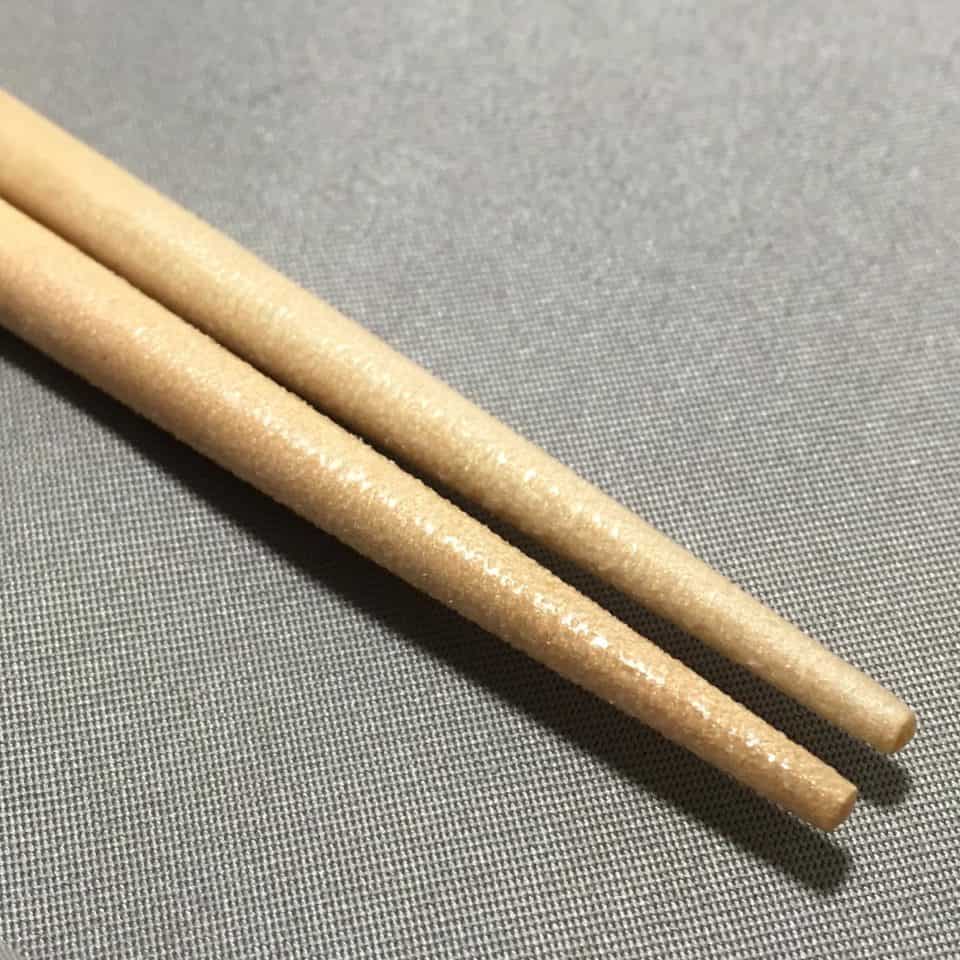
If you plan to use chopsticks, don’t rub them together after breaking them apart. This is an insult to the chef and/or restaurant. The point of doing this is to remove splinters from the sticks, which they almost never have. To do this is to say “Your utensils are cheap.”
Eating
Though sushi comes in multiple forms, you eat cut rolls and individual pieces all the same way.
Use Your Hands

Chopsticks are there as an option, and many people prefer them, but don’t be afraid to use your fingers. This is expected and gives you more control over how much soy sauce you apply. The most refined sushi-ya establishments won’t even give you chopsticks, because it invites their masterpieces to be dropped and ruined.
The exception to this is that chopsticks are meant to pick up sashimi – fish without rice – and gari. Anything else is finger food.
Dip Lightly
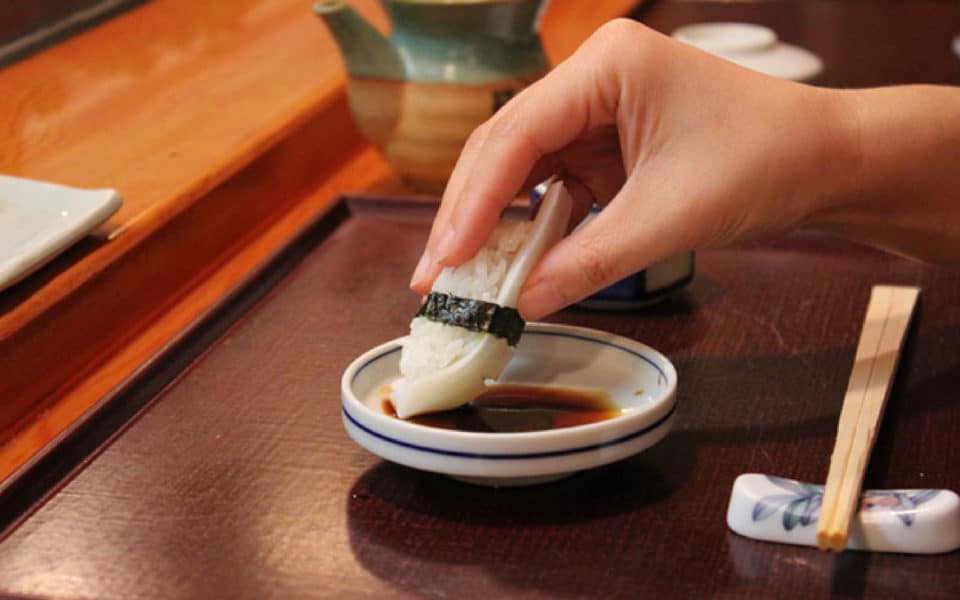
Lift your piece of roll or sashimi and dip it lightly in your soy sauce, making sure it goes into the sauce fish side down. Rice and soy sauce should never meet, because the rice soaks it up and the flavor becomes a salty disaster. Rolls are the exception to this, as they have too much rice to dip easily without touching it to the sauce, but you should still be very delicate about sauce to food contact.
Dress
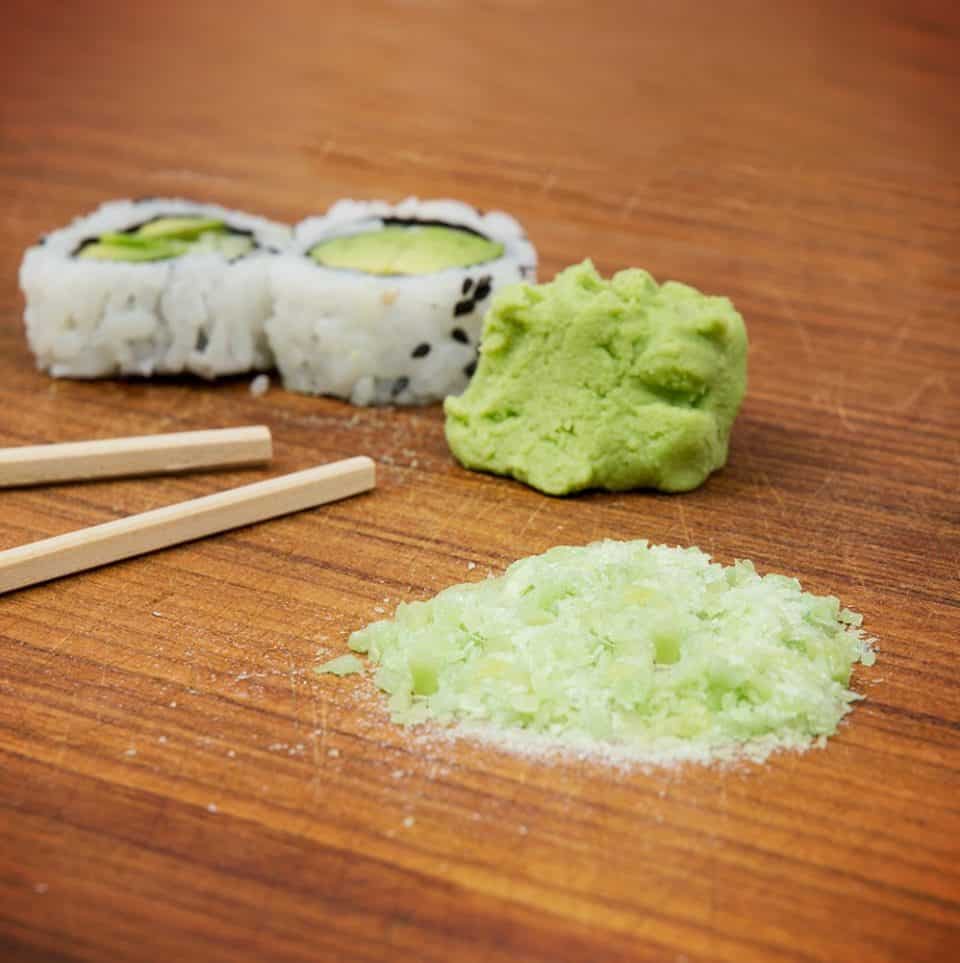
If eating at the bar, adding wasabi to a piece of sushi is a slap in the face of the chef, who has already put wasabi between the rice and the fish in the proper amount. If you’re eating at a more western establishment, you can add a dab of wasabi atop the soy sauce.
Eat

Just as you dipped your sushi into the soy sauce fish side down, it should hit your tongue the same way to preserve the intermixing of flavors and give you the full effect of the fish.
Wipe
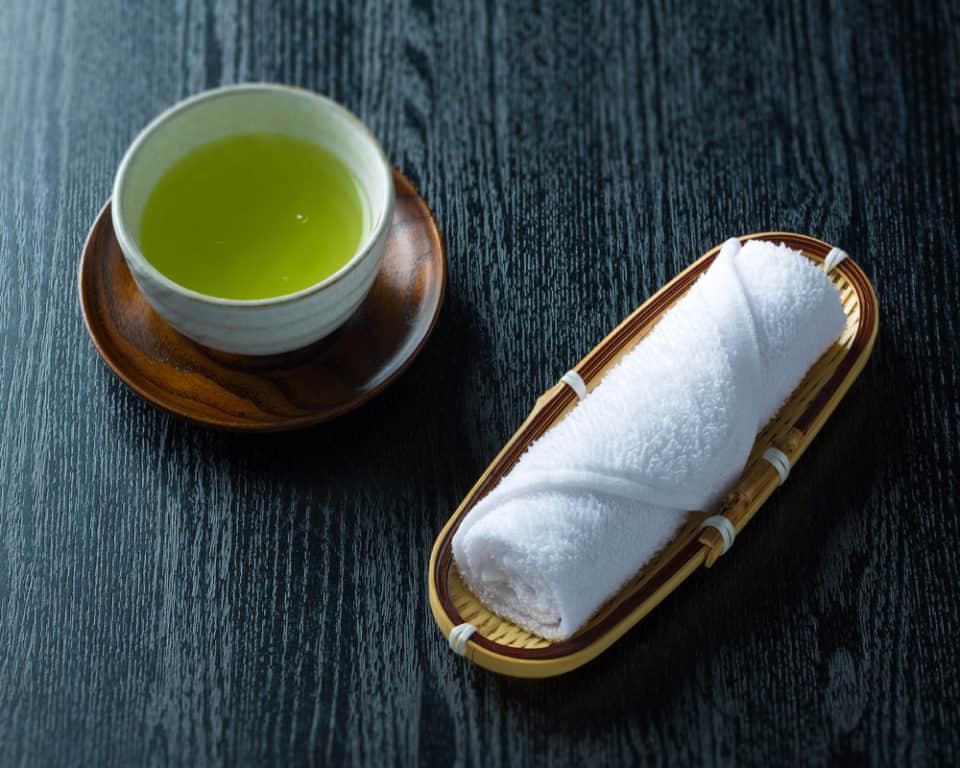
Here’s where you use your oshibori to clean your fingers.
Cleanse

Between bites, you want to cleanse your palate. That’s what the ginger is for. Pick up a single sliver with your chopsticks and consume it so that your mouth is ready for the next bite.
Repeat Until Done
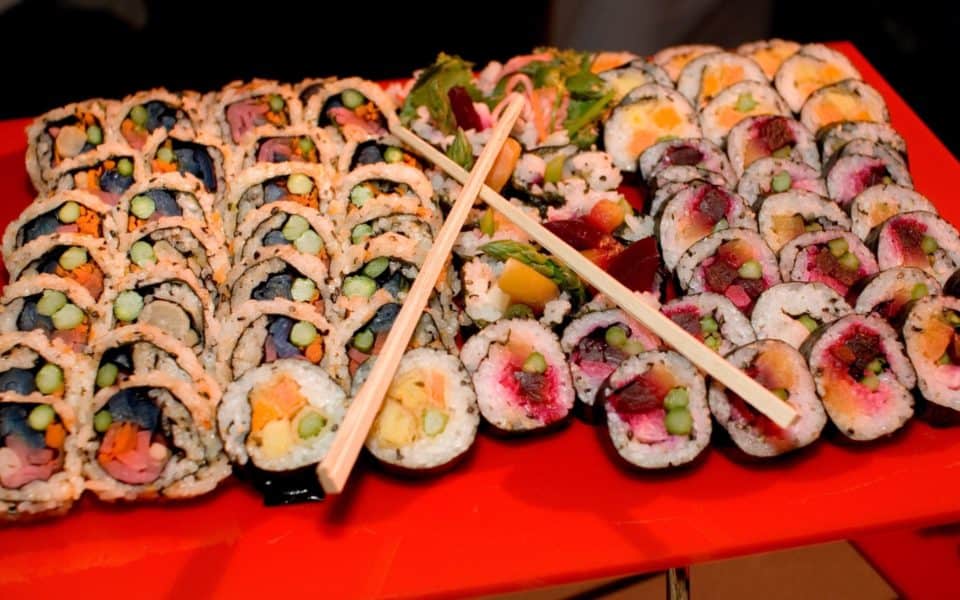
Omedetō gaijin! You’re now ready for the lands of anime and Hello Kitty.
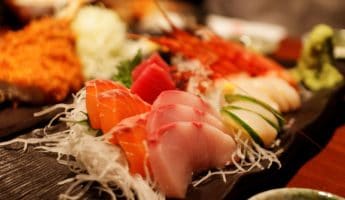
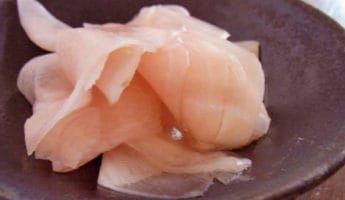




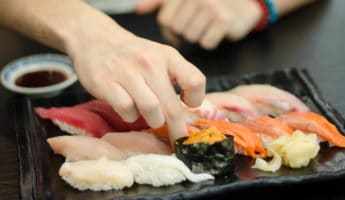
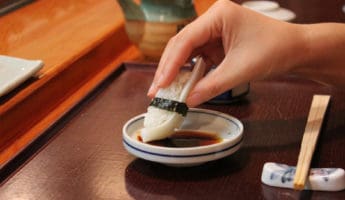

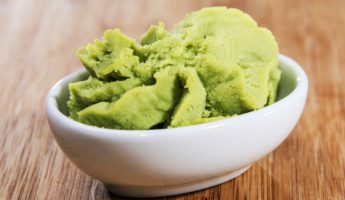

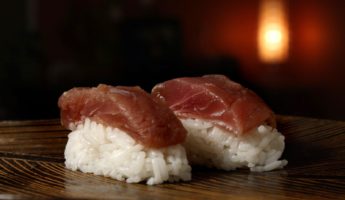
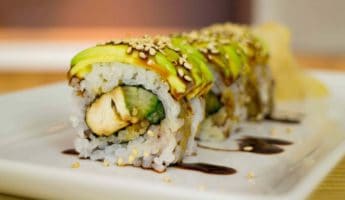
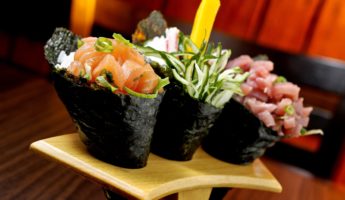


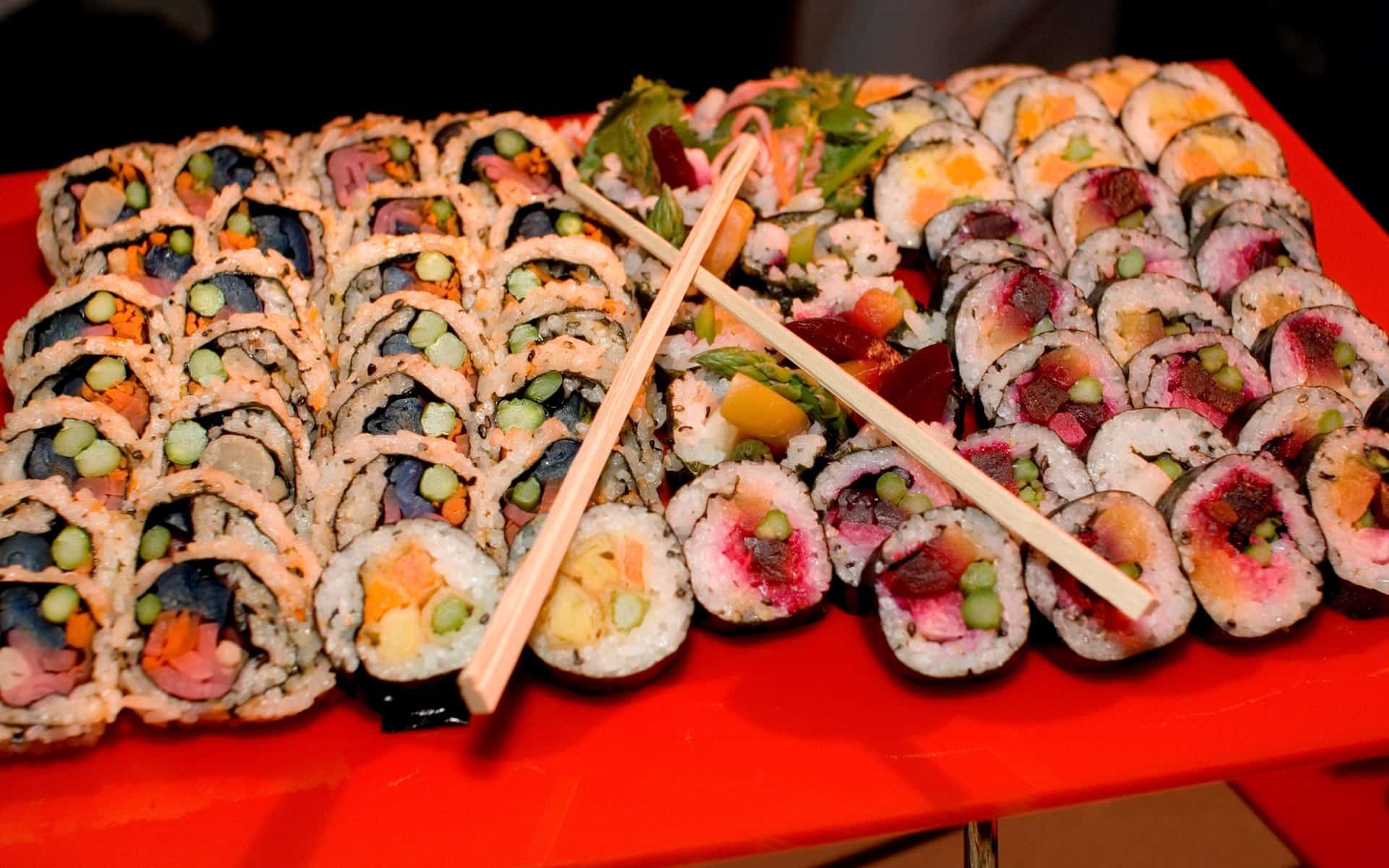


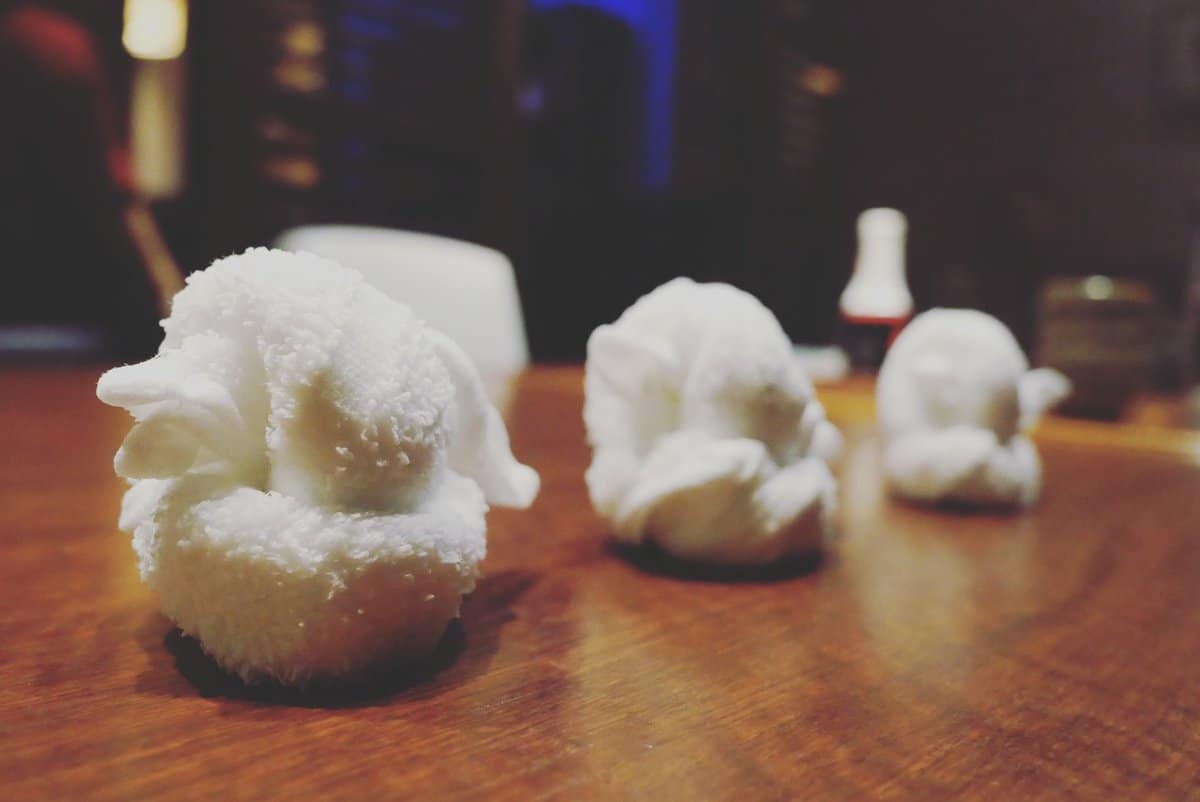
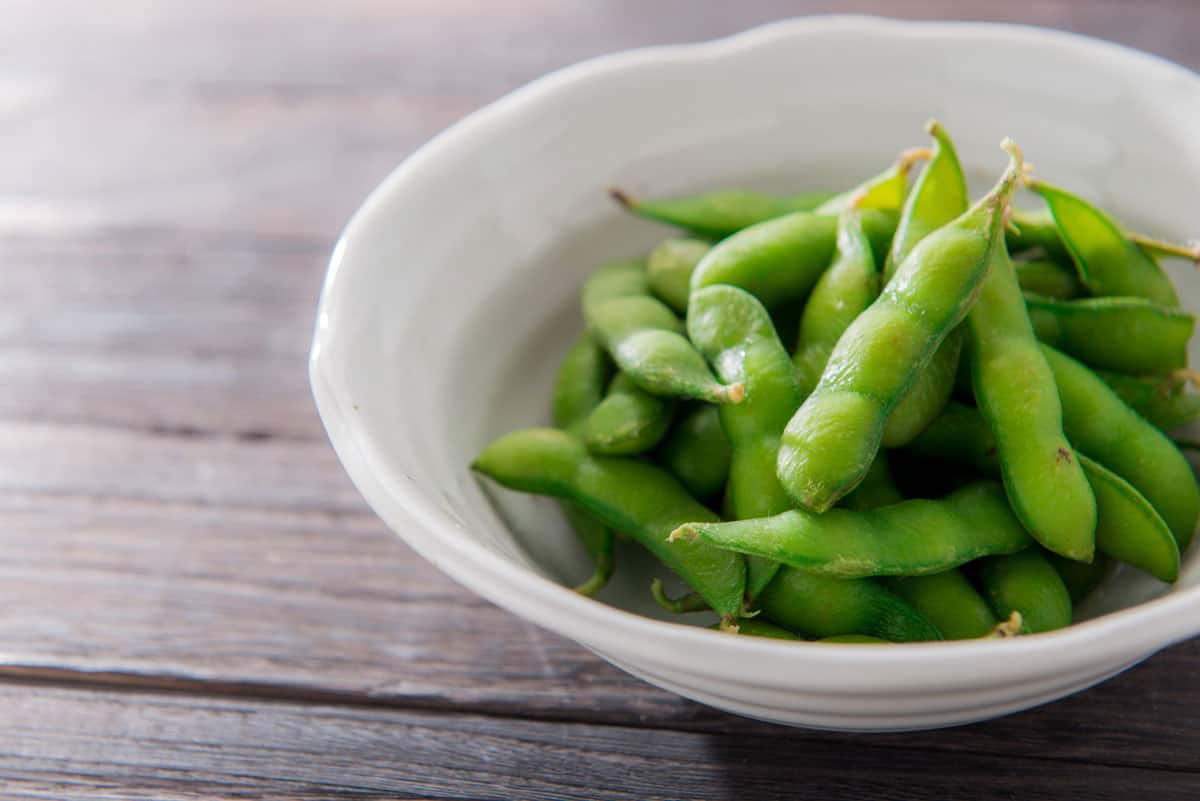

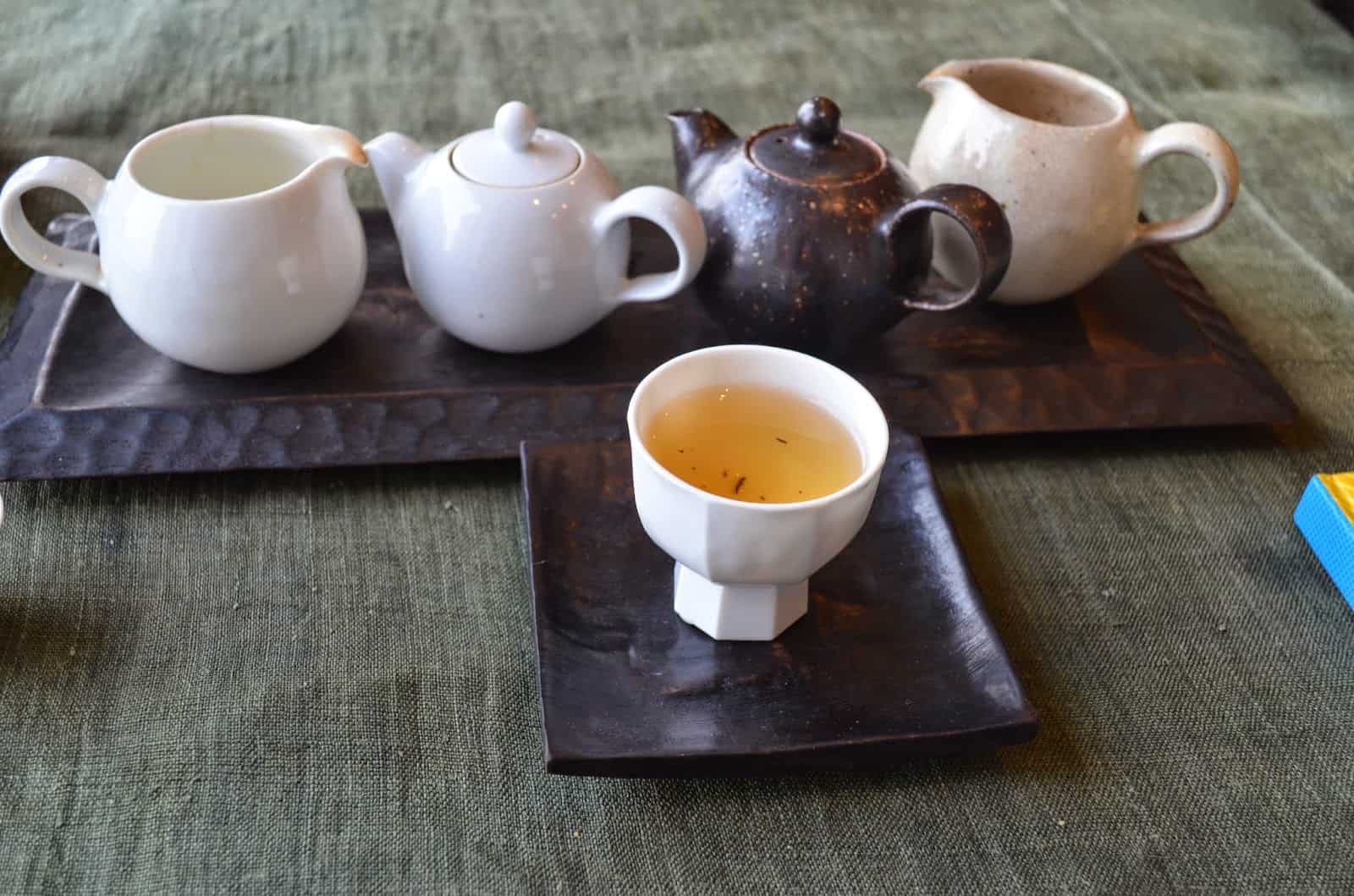


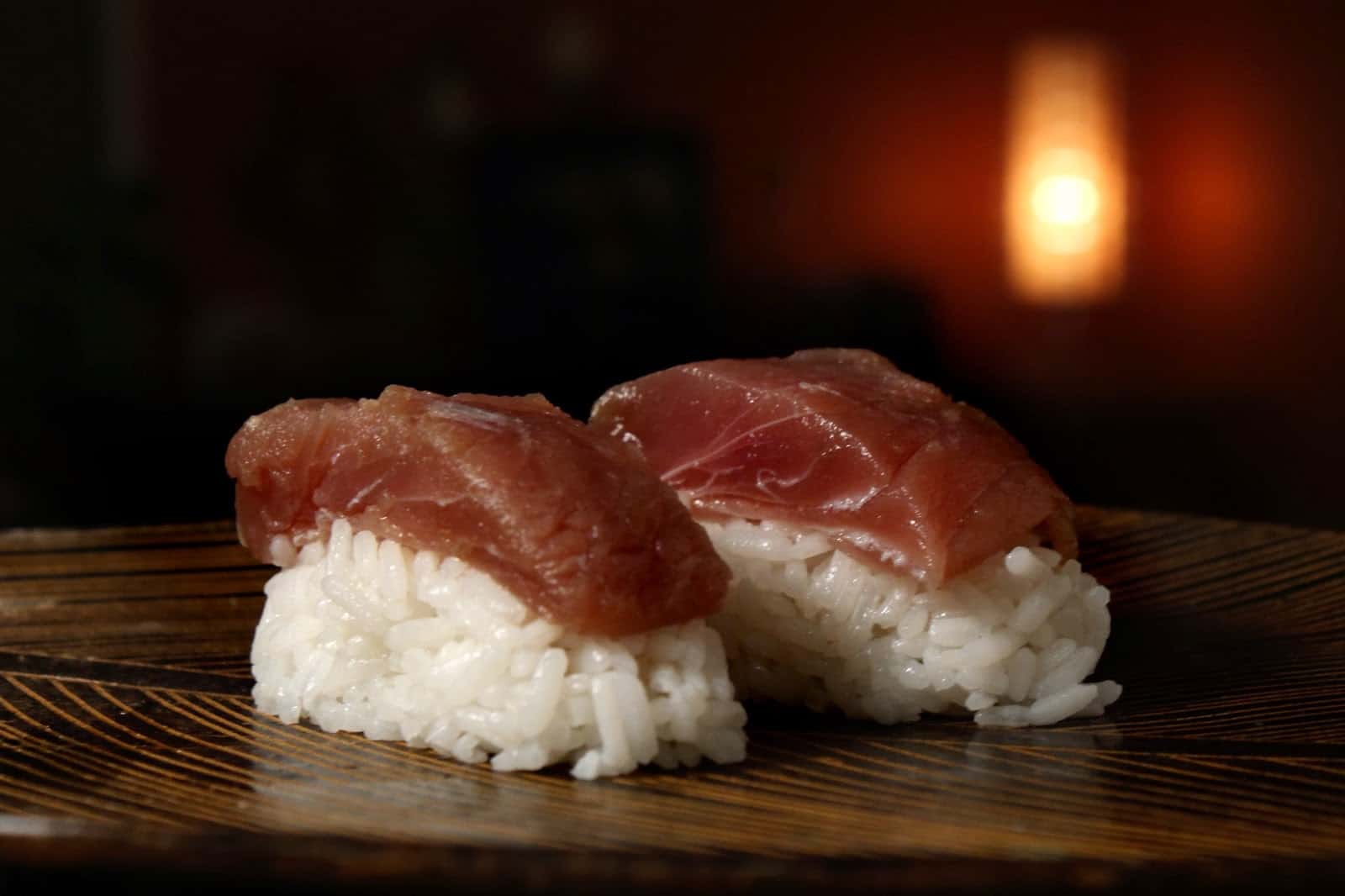
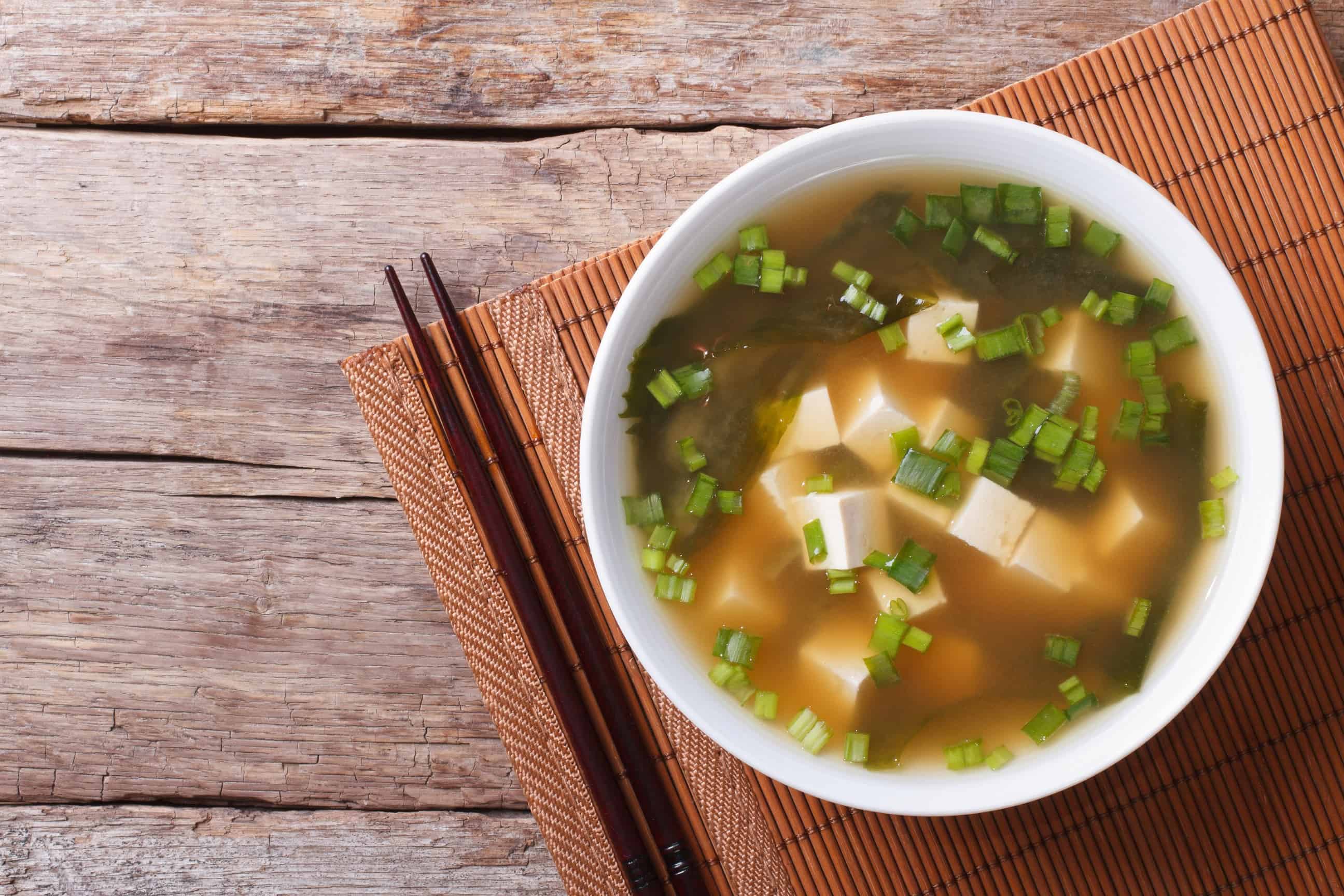
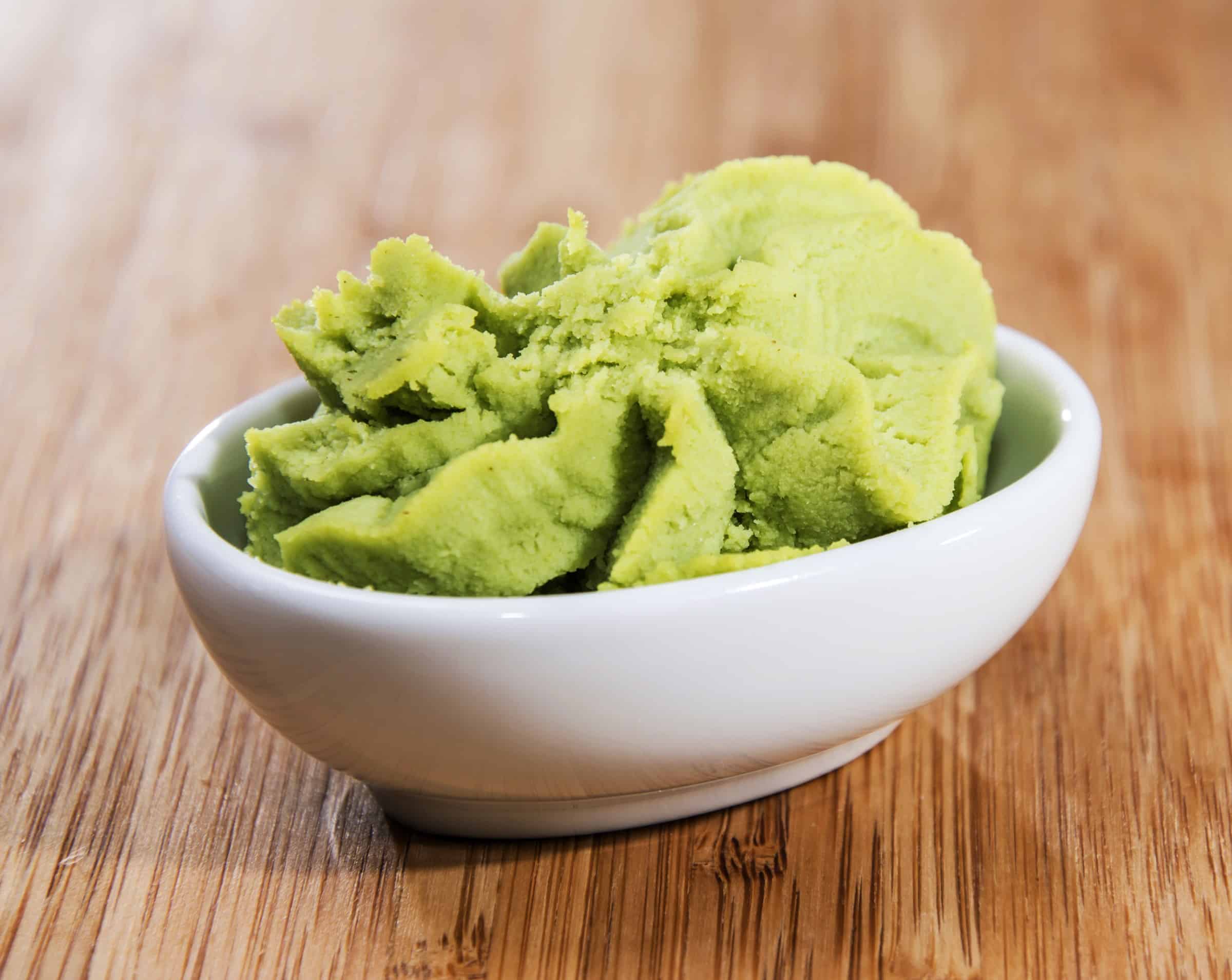
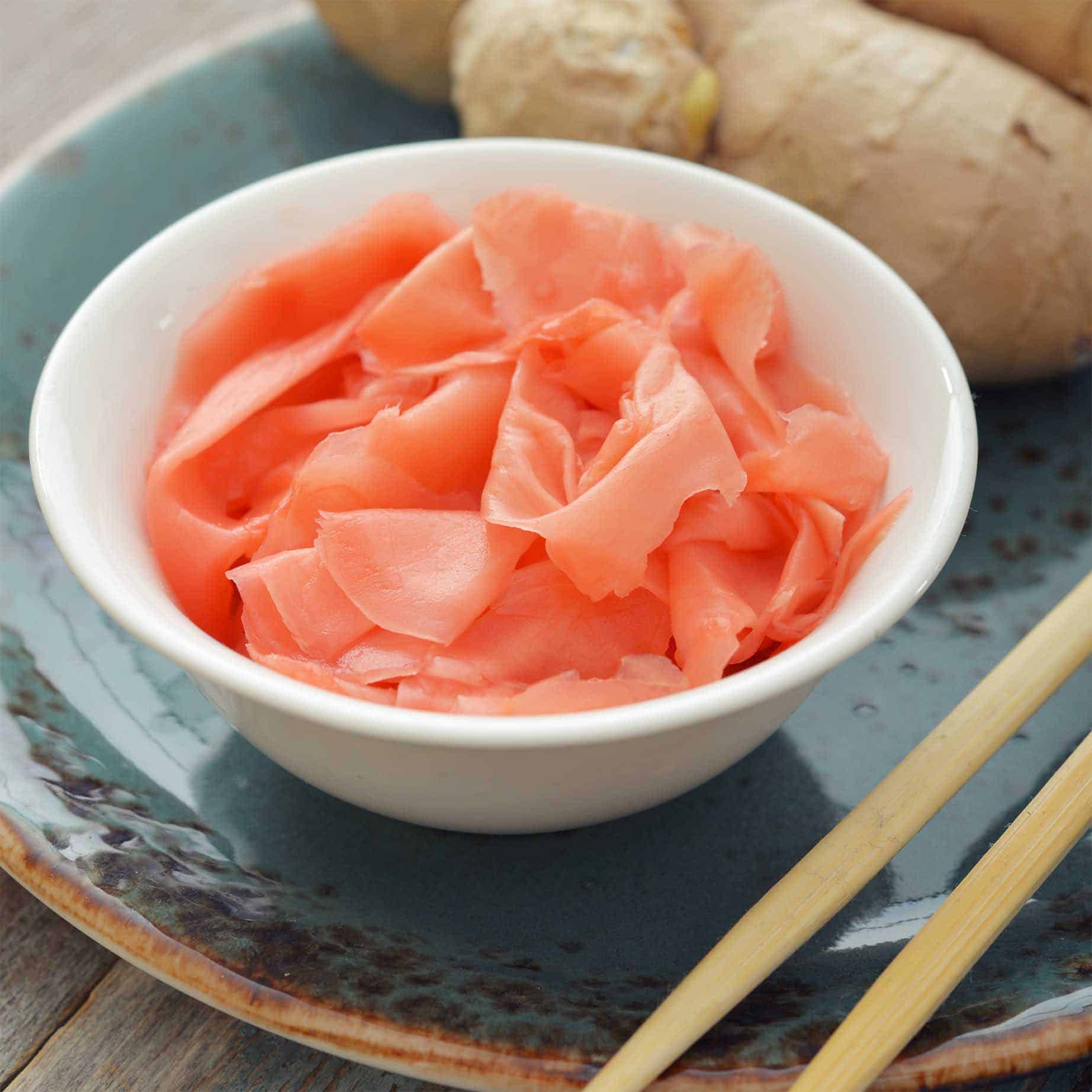

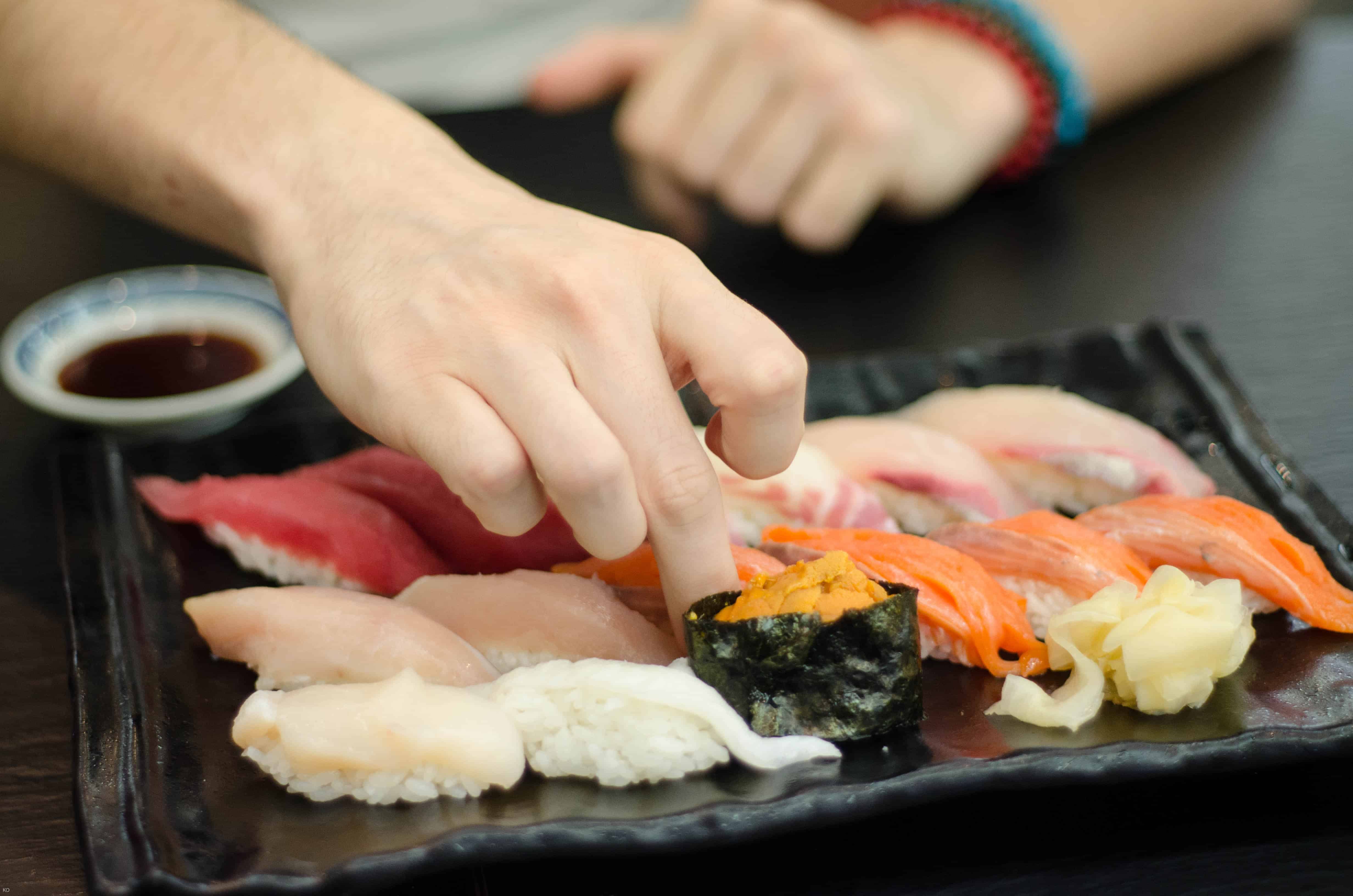


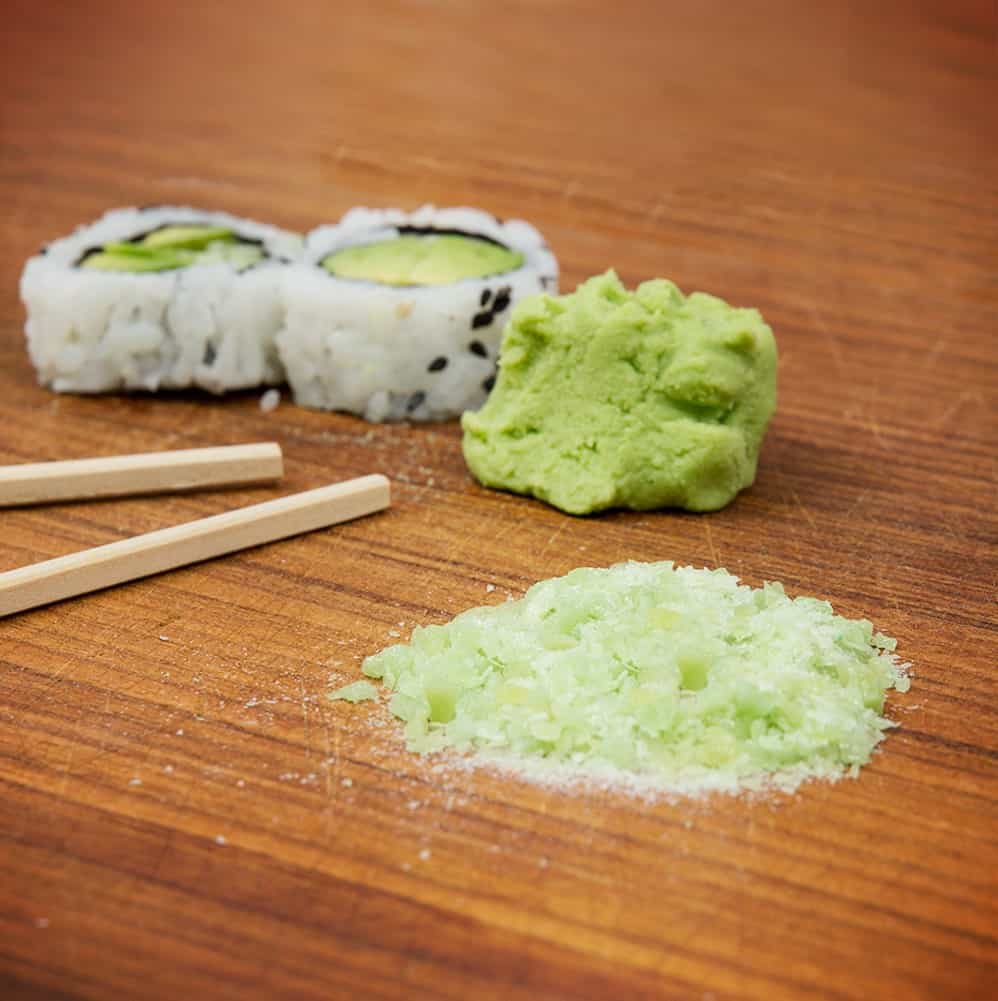
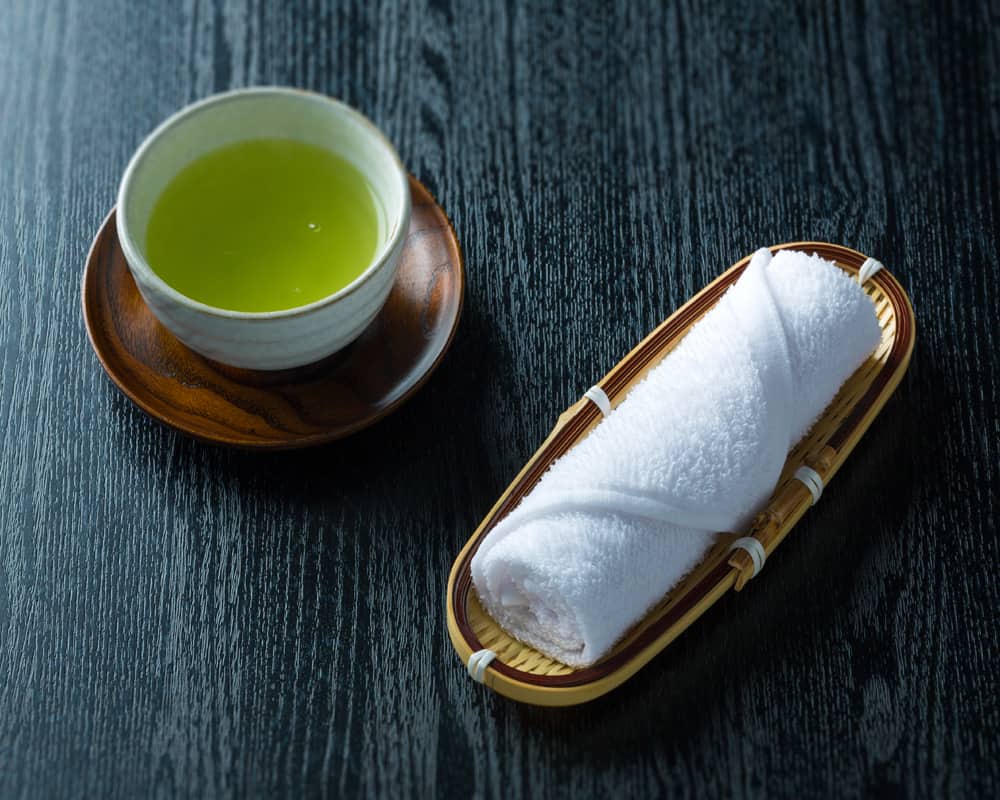
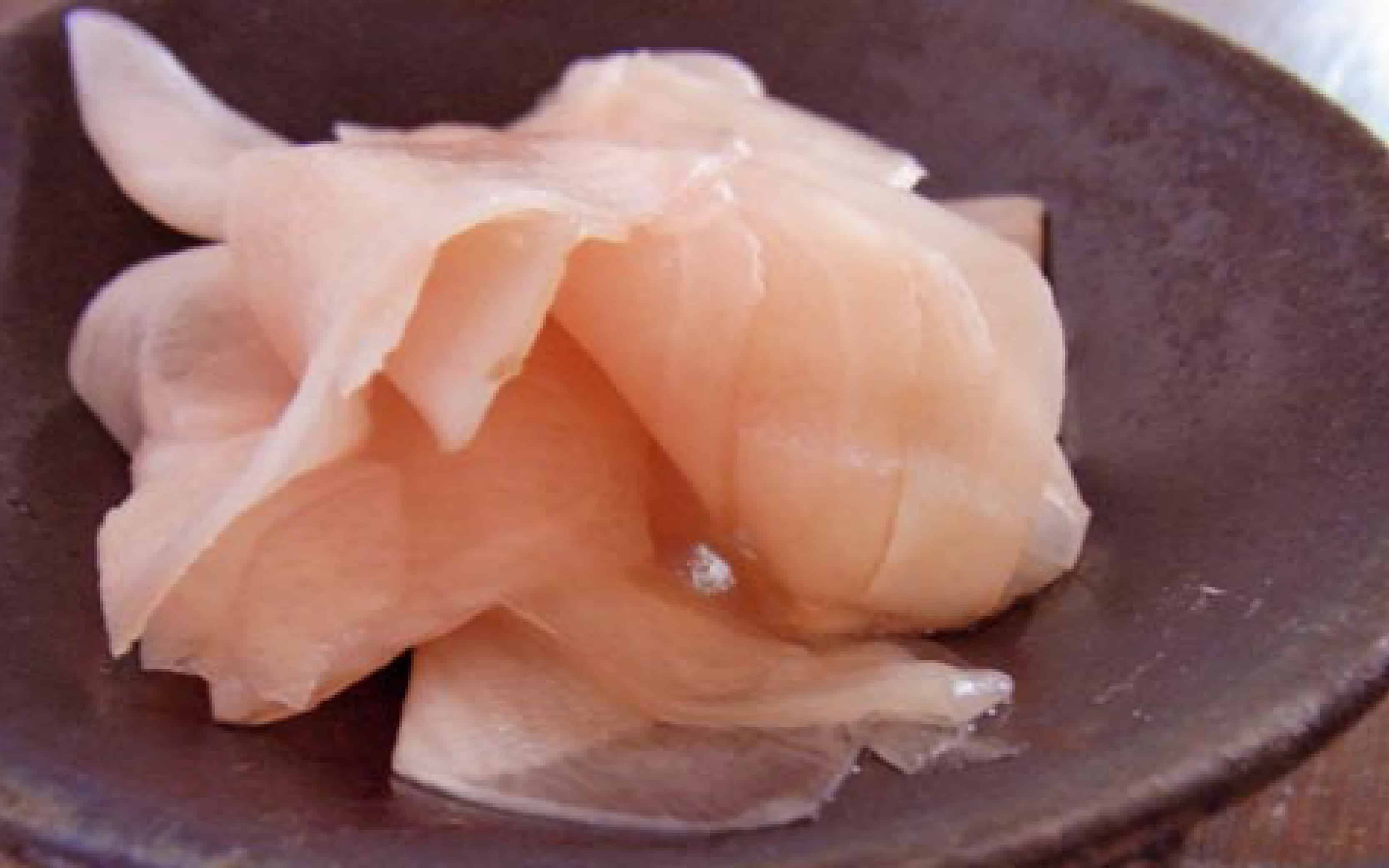
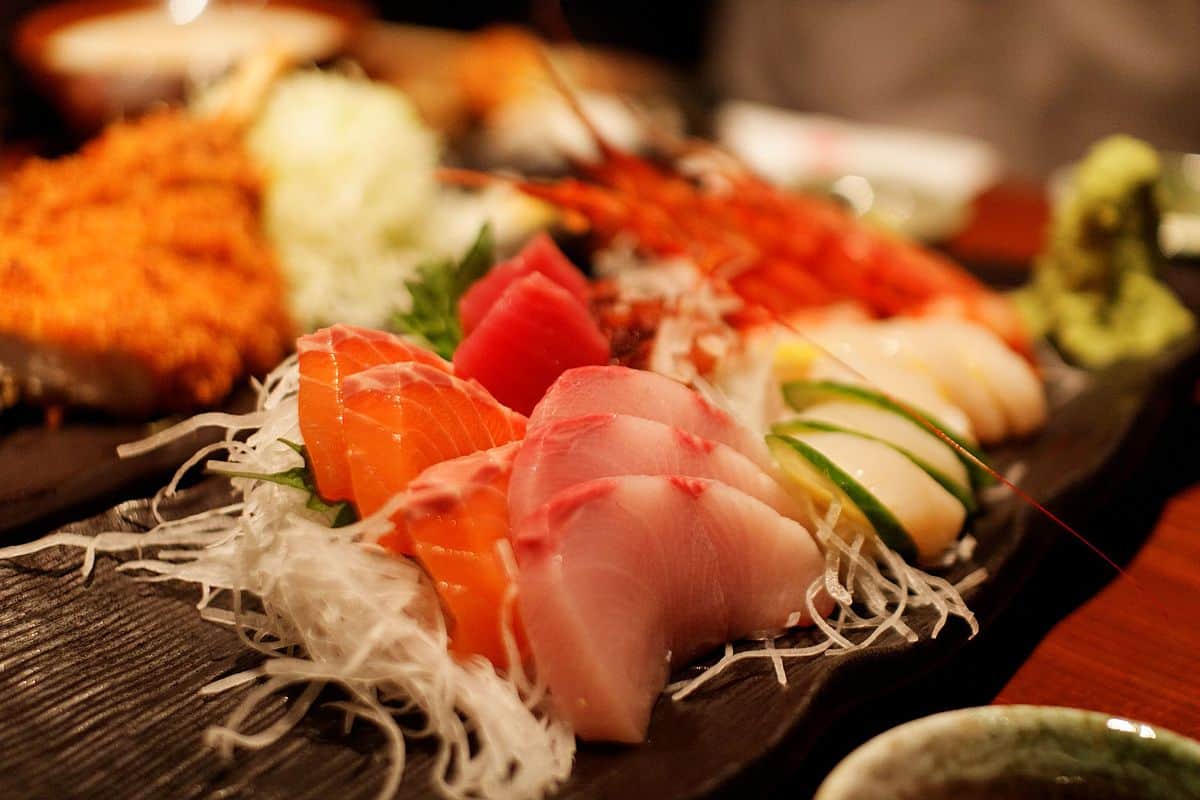





I had no idea that sushi is meant to be eaten the way you do so you can experience all the flavor. I figured it was just because of tradition or something like that. I’ve never eaten the right way before. Next time I get sushi I will definitely try it that way!